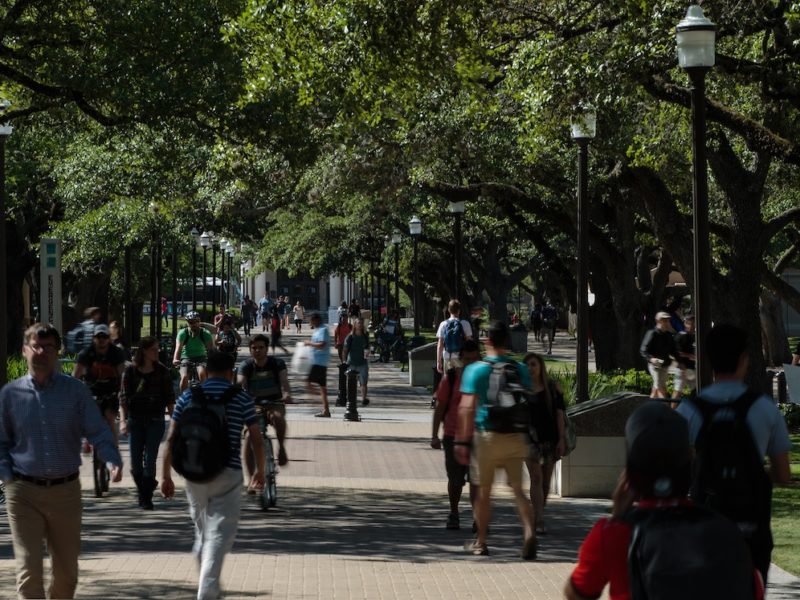Traumatic Brain Injury And Adult Epilepsy
When someone suffers a traumatic brain injury, his or her chance of developing post-traumatic epilepsy (PTE) is about 15 to 20 percent. There are a few known risk factors, but no definitive reason why some people begin to have seizures and others do not. Although it only represents about five percent of total cases of epilepsy, PTE is a major problem both because it is often not controlled by anti-seizure medication and because those with the condition have shorter life expectancy than others with a traumatic brain injury who did not develop epilepsy.
Now, new research from the Texas A&M Health Science Center College of Medicine hints that PTE might be tied to the body’s own immune response.

Post-traumatic epilepsy is when someone who didn’t previously suffer from epilepsy has at least two seizures at least a week (and sometimes as long as months or years) after a traumatic brain injury (TBI).
The more severe the brain trauma is, the more likely a person is to suffer from PTE. The type of damage may also play a role: individuals who suffer depressed skull fractures, penetrating head trauma, cerebral contusion and hematomas (bleeding within the brain) due to the injury are especially likely to suffer PTE. Injuries that occur in military settings carry higher-than-usual risk for PTE, probably because they more commonly involve penetrating brain injury and brain damage over a more widespread area.
The location of the injury in the brain may also make a difference: when contusions occur in both hemispheres, the risk is 26 percent for the frontal lobes, 66 percent for the parietal and 31 percent for the temporal. There might also be genetic factors, but these are poorly understood.
The answer to why similar injuries can have such different outcomes may lie in the differences between individuals’ immune responses.
Under normal circumstances, the brain is an “immune-privileged site,” meaning it is protected from most pathogens (and the rest of the immune system) by the blood-brain barrier. In cases of trauma, though, this protection disappears, and the inflammation from the injury calls in the troops of the immune system, so to speak. There is some evidence to suggest that it is this reaction that leads to seizures.
Continue reading on Vital Record.
This article by Christina Sumners originally appeared in Vital Record.





